In order to remove the arrogance of neighboring countries like China and Pakistan, India is going to make many advance weapons and defense equipment, which will surprise the whole world. The Indian weapon list is long but we will tell you about 13 such weapons of India which will be very accurate, lethal and will make big difference in war. The enemy will not think of doing any action on this side of the border even in a dream. Because these Indian weapons will not let him sleep. These are the weapons on which all the big countries of the world are working.

Hypersonic Glide Vehicle:
India is making a hypersonic glider weapon, it has also been tested. Defense Research and Development Organization (DRDO) successfully test-fired hypersonic speed flight of unmanned scramjet in the year 2020. It is called HSTDV (Hypersonic Technology Demonstrator Vehicle - Hypersonic Technology Demonstrator Vehicle). It is an unmanned scramjet demonstration aircraft for hypersonic speed flight. The aircraft that fly at a speed of 6126 to 12251 km per hour are called hypersonic aircraft.
India's HSTDV test was less than 20 seconds. Although, at present its speed was about 7500 km per hour, but it can be reduced or increased in future. Not only can travel be done by this vehicle, as well as bombs can be dropped on the enemy in the blink of an eye. Or else this vehicle can be dropped as a bomb.
BrahMos-2 hypersonic missile is also getting ready:
Russia and India are jointly making BrahMos-2 hypersonic missile. It will be fitted with the same scramjet engine, which will give it great speed and ability to glide. The range of this missile will be maximum 600 km. But its speed will be very high. It will attack the enemy at a speed of Mach-7 i.e. 8,575 kilometers per hour. It can be awakened from a ship, submarine, aircraft or a launchpad installed on the ground.
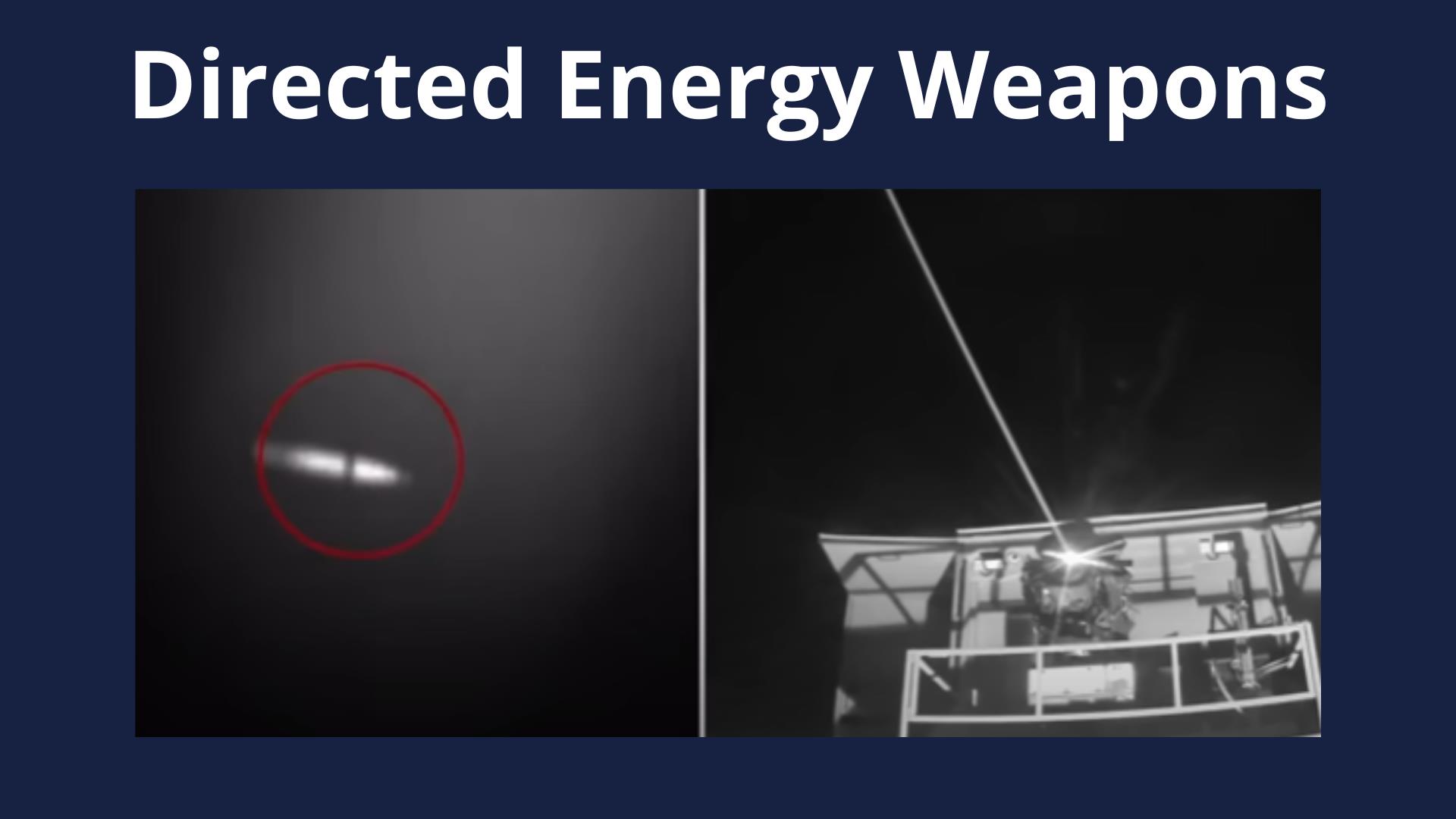
Directed Energy Weapons (Durga):
Directed Energy Weapons (DEW) are weapons that attack a single target with full force by collecting a particular type of energy. Due to this, that target either gets burnt. Or else its electronic technology, communication system, navigation system etc. become useless. This confuses that direction. Can't connect to base. Two types of attacks are done with DEW. First laser light and second electromagnetic waves.
It was reported that 130 American spies, diplomats, soldiers and embassy employees had headaches, restlessness, hearing problems and traumatic brain injuries. It is believed that they were attacked from DEW. Fighter jets, drones, war ships, tanks etc. can be destroyed by attacking with laser. There is a very strong flow of energy in it, which burns the thing present in front of it.
In a report published last year in the English magazine The Week, it has been said that DRDO is working on an intelligence project. Whose name is Durga-2 (Directionally Unrestricted Ray-Gun Array - Durga). Under this, the Indian Army will be given a 100 kilowatt Lightweight Directed Energy System. So far, DRDO has developed a 25 kilowatt laser weapon, which can attack ballistic missiles from a distance of 5 km. However, in a reply given in the Lok Sabha on 1 April 2022, the Minister of State for Defense has mentioned about making weapons of 300 kilowatts or more.

Naval Ship Borne Unmanned Aerial Vehicle:
The Indian Navy had been demanding drones i.e. Unmanned Aerial Vehicle (NSUAV) on its warships for many years. Which was approved by the central government last year. Now 10 Naval Shipborne UAVs will be deployed on Indian naval warships. For this, the government had approved about Rs 1300 crore. Earlier, the Navy had taken two Predator Drones on lease.
The Indian Navy was also trying to get Sea Guardian drones from the US. However, now it is also believed that a company of the country should be asked to supply drones i.e. unmanned aircraft for the Navy. Because the Government of India is constantly emphasizing on Make in India weapons and defense equipment. Naval drones will make surveillance, attack and espionage easier. The marines sitting in the sea will be able to keep an eye on the enemy's land through drones.
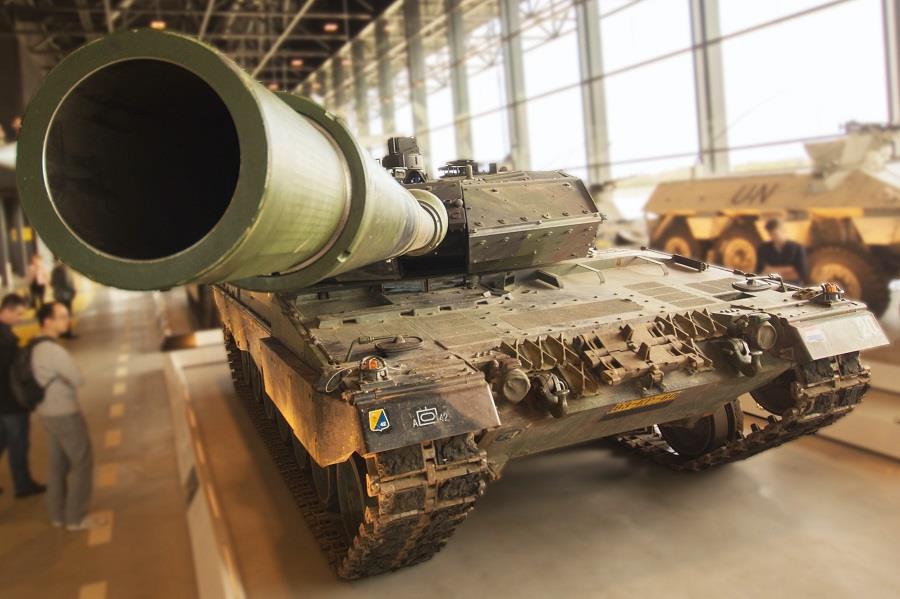
Light Weight Tanks:
The Indian Army was earlier considering the Sprut Light Tanks of Russia. But now DRDO and Larsen & Toubro are trying to convert the Vajra Howitzer cannon into a light tank. The advantage of a light tank made from a 155 mm caliber Vajra howitzer would be that it could be transported to a high-altitude battlefield. Its lack was felt during the previous conflicts with China.
The Government of India has recently given 9 defense projects to the companies of the country under the Make-1 project. Of these, four are from light tanks. After the conflict with China in Ladakh, India had deployed T-72 and T-90 tanks there. These are very heavy. Getting them to that height is a very difficult task. When the Mountain Division was introduced in 2009, the Indian Army raised the demand for 200 wheeled and 100 tracked light weight tanks.
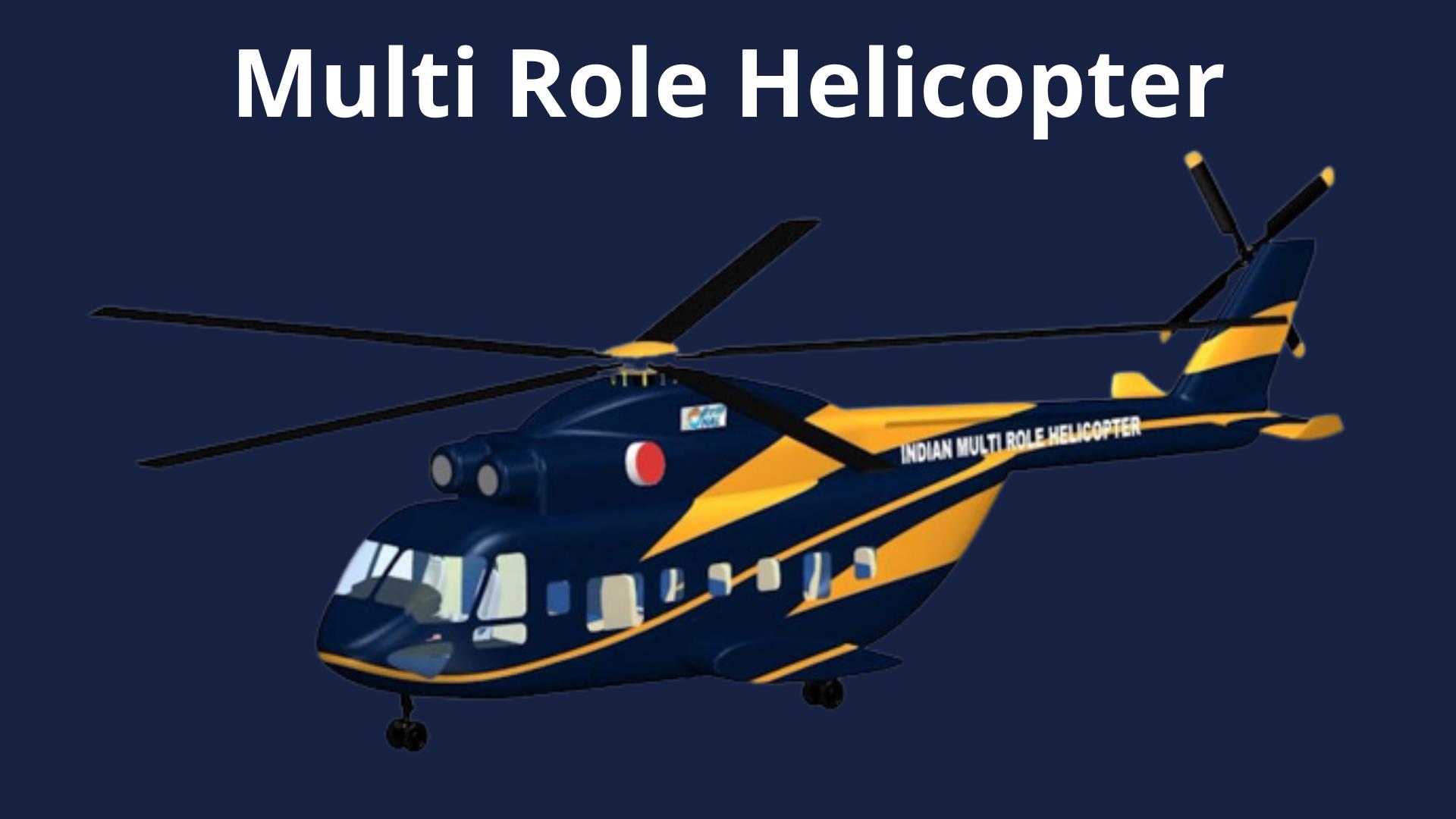
Indian Multi Role Helicopter:
The Indian Multi Role Helicopter (IMRH) will be a medium lift helicopter. Which is being made by Hindustan Aeronautics Limited. The probability of its first flight is 2024-25. It will be used in air strikes, anti-submarine, anti-surface, military transport and VIP transport. After their arrival, Russia's Mi-17 and Mi-18 will be gradually removed. It will have a five-bladed main fan and a four-blade rotor at the rear.
It is believed that two pilots will be needed to fly it. It can carry 24 to 36 soldiers at a time. Or will it be able to lift 4500 kilograms. Its length will be 25.12 meters, height will be 6.22 meters. It will have 2 turboshaft engines which will give it a power of 4000 kW. It will be able to fly at a maximum speed of 300 kilometers per hour. Its range will be 800 km. Can go up to a maximum height of 6700 meters. There is currently no information about the weapons used in this.
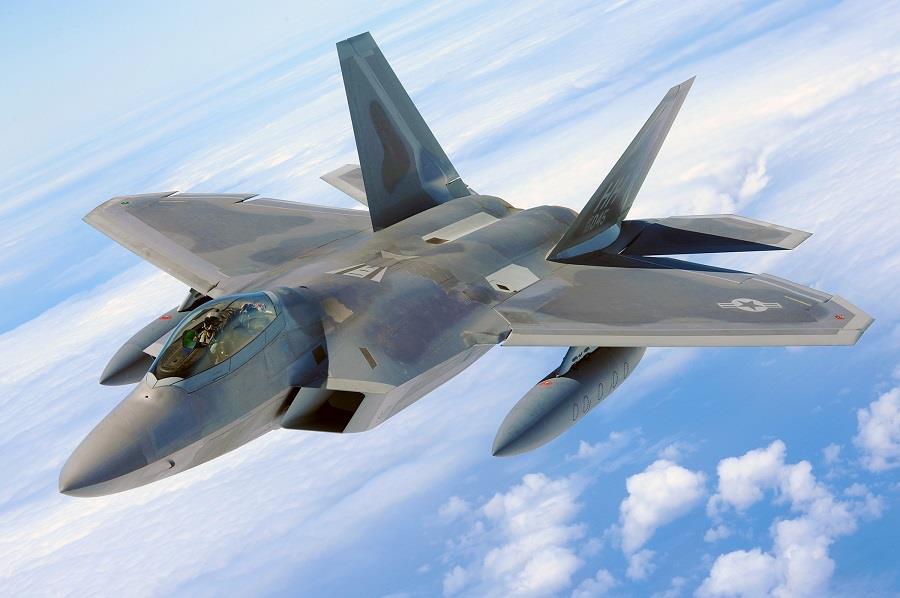
AMCA (Stealth Fighter jet - Advanced Medium Combat Aircraft)
AMCA could be a super-maneuverable multirole combat air ship outlined for the discuss prevalence, ground assault, bombarding, interference, Strike and other sorts of parts. It combines supercruise, stealth, AESA radar, maneuverability, and progressed aeronautics to overcome and suppress past era warrior flying machine in conjunction with numerous ground and oceanic protections. It has state of the craftsmanship frameworks, flight surfaces and controls, and two inside weapons coves which can each carry four air-to-air rockets. It moreover comes outfitted with a 30 mm cannon. The HAL AMCA is anticipated to have a beat speed of Mach 2.5 and be able to function at an elevation of about 60,000 feet.
ADA has completed plan work on an Progressed Medium Combat Air ship (AMCA), which may be a twin-engined 5 era stealth multirole fighter with the capability to fly unmanned. It'll complement the HAL Tejas, the Sukhoi Su-30MKI, MWF and the Dassault Rafale within the Indian Discuss Force. The most reason of this airplane is to deliver IAF a innovative edge.[31] The primary flight is anticipated to be by 2025 and serial generation might start by 2030.

INS Vishal:
INS Vishal is right now beneath improvement and is anticipated to be commissioned in 2025. It'll be atomic fueled (supposedly) and about 50% bigger than INS Vikramaditya.Aircraft’s like DRDO AURA are anticipated to function for the carrier.
INS Vishal will be able to oblige up to 55 flying machine (35 fixed-wing combat aircraft and 20 revolving wing air ship), propelled employing a catapult helped take-off but captured recuperation (CATOBAR) air ship dispatch framework, joining U.S. defense contractor’s Common Atomics’ modern electromagnetic aircraft dispatch framework (EMALS) technology.
The INS Vishal will be the primary non-Western airplane carrier prepared with the complex CATOBAR dispatch capability. CATOBAR airplane launch systems put less strain on the airframe of planes amid takeoff decreasing upkeep taken a toll within the long run additionally permits carrier-based flying machine to carry a heavier weapons payload. Moreover, CATOBAR dispatch frameworks increment the foray rates of carrier discuss wings by permitting a fast
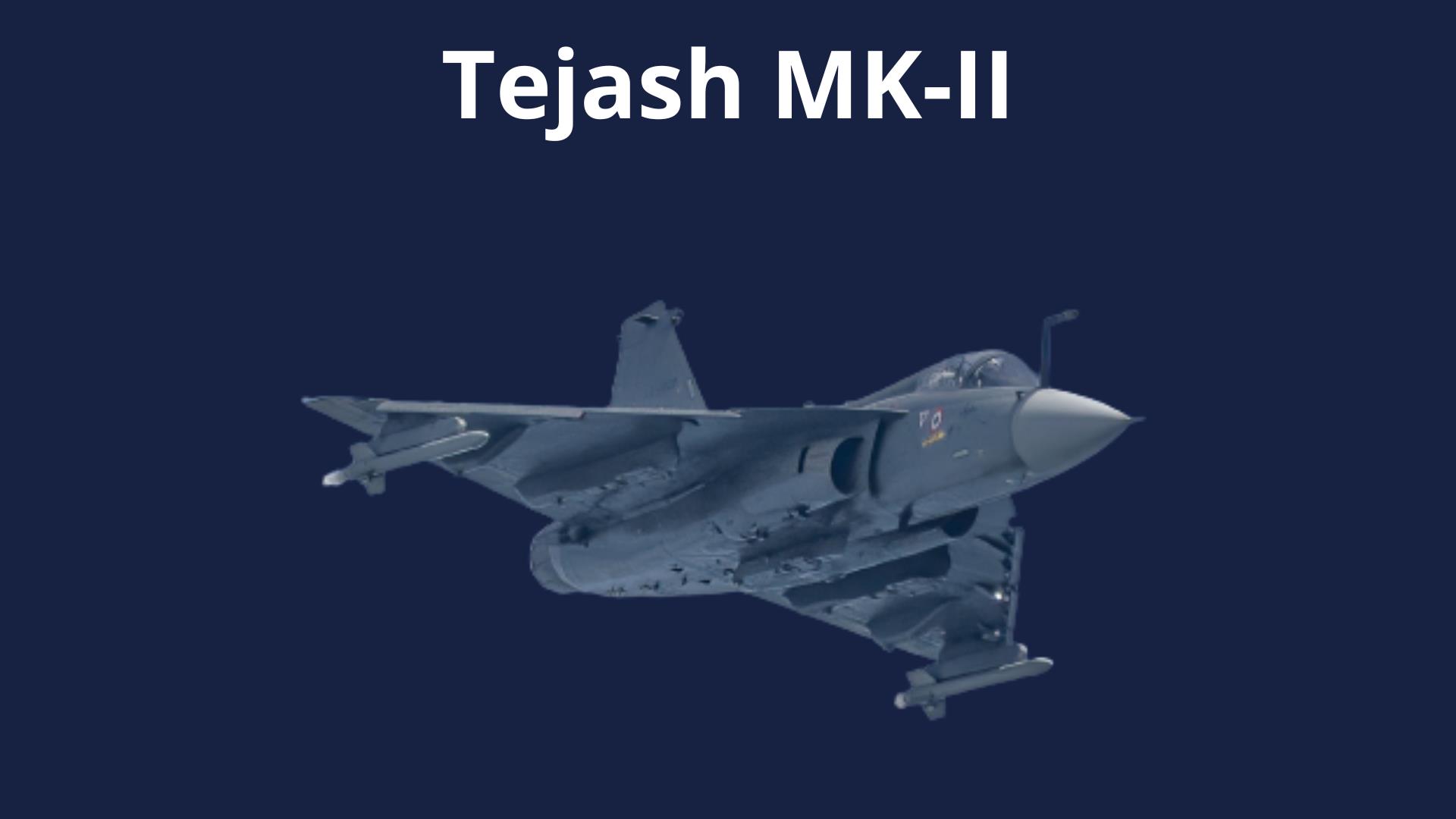
Tejas MK-II:
The HAL Tejas MK-II may be a multi-role light combat warrior airplane with stealth capabilities. The MK2 is an change over LCA Airforce Mk1 with higher pushed motor. This airplane will have made strides survivability, viability and out of date quality moderation. Dynamic Electronically Filtered Cluster (AESA) Radar, Bound together Electronic fighting Suite (UEWS) and On-Board Oxygen Era Framework (OBOGS) are a few of the state of the craftsmanship advances arranged to be coordinates. The cockpit plan has been progressed with greater estimate, keen Multi work Shows (MFD) and savvy Head Up Show (HUD).
Tejas Mk.2 will be a 4++ gen air ship with strategic strike, discuss reconnaissance, air defense, and sea parts which is sufficient for a light warrior and it can proceed upto 2055 till it gets to be out of date.
Mk.1A is additionally in improvement which can get to discuss some time recently 2020. It'll have minor changes as compared to Mk.1 and will have a few progressed aeronautics. It'll have no plan changes.
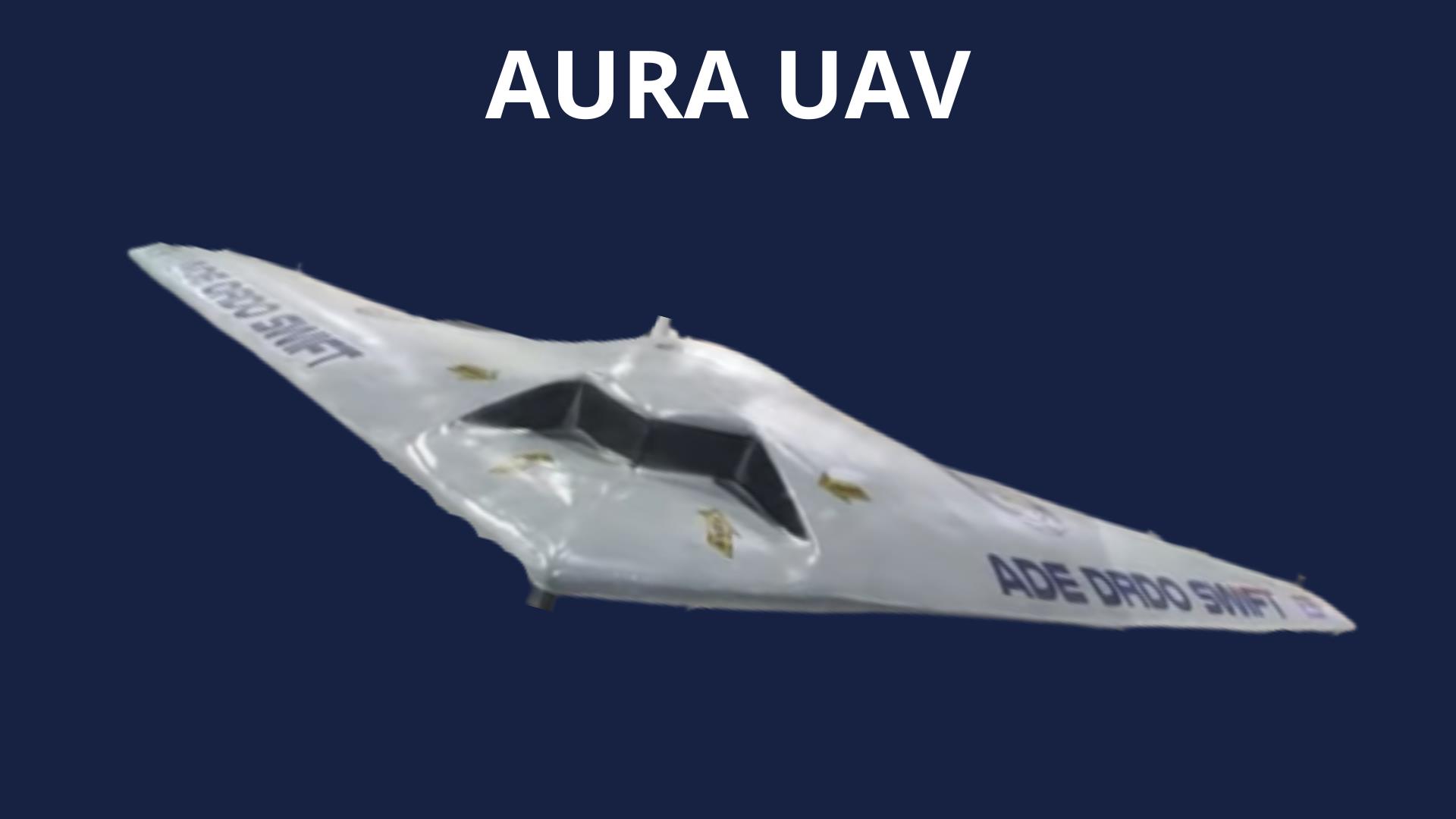
Aura UCAV:
Atmosphere is an independent unmanned combat discuss vehicle (UCAV),The ADA portrays the Air as a “self-defending high-speed surveillance UAV with weapon terminating capability”.The venture is being created by the Resistance Investigate and Improvement Association for the Indian Discuss Drive and Indian Naval force. The plan work on the UCAV is to be carried out by Aeronautical Advancement Organization (ADA).
The Atmosphere is anticipated to carry a combine of laser-guided bombs or comparative (depending on mission scope). The DRDO Air program is in its exceptionally early stages of plan with certain viewpoints of the program still being tended to. To begin with flight is hopefully arranged for at some point in 2015 and presentation into benefit is arranged for 2020. The Air came to be generally due to the need of intrigued in worldwide providers of UCAVs willing to offer an existing framework to the IAF. As such, a home-grown exertion was born.
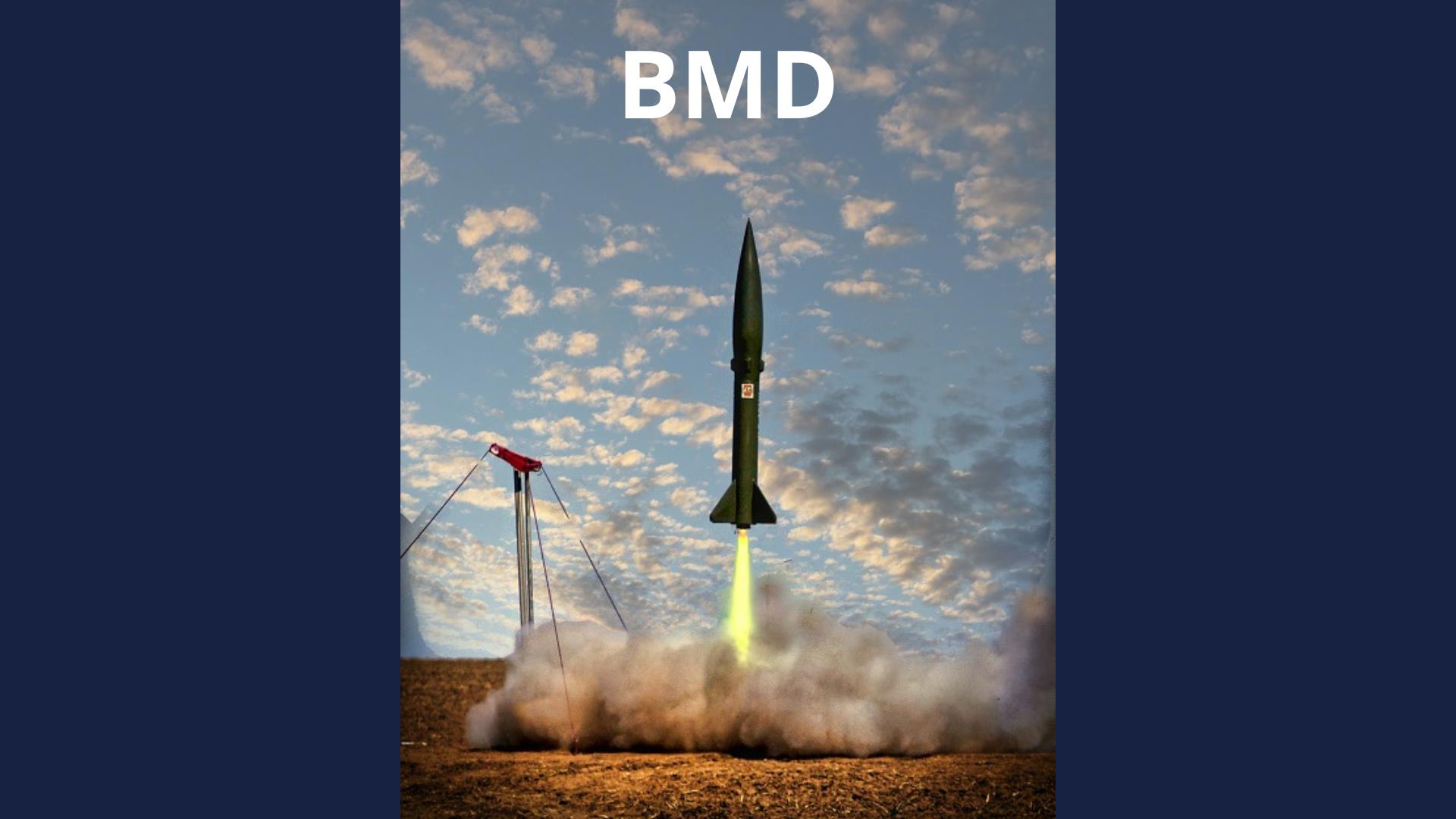
Ballastic Missile Defense System (BMD):
The Indian BMD program raised eyebrows when it was to begin with declared and has come a long way since. It has been effectively tried against a brief run ballistic rocket and is supposedly deployable at brief take note to secure major cities. Two interceptor rockets, the Cushion (Prithvi Discuss Protection) and the AAD (Progressed Discuss Protection) together with the Green Pine radar frame the center of this framework. The Cushion is an exo-atmospheric interceptor with a ceiling of over 80 km and a run of over 2000 km. It is utilized to captured ballistic rockets which are voyaging exterior the Earth’s climate. The AAD is an endo-atmospheric interceptor with a run of 250+ km and a ceiling of 30 km. It’s utilized to captured short-range ballistic rockets. Both these rockets at first guided by an Inertial Route Framework (INS) and have an dynamic radar searcher for homing in on the target.
The long-range Swordfish radar is utilized to track and give fire control to these rockets. This Israeli radar features a extend of 800+ km and can be utilized for following adversary rocket launches and directions. India is updating this radar to extend its extend to 1500 km. This will be utilized together with updated variations of the PAD/AAD rockets which can have a longer extend and the next flight ceiling. It is said that the AAD rocket can be utilized as a long-range SAM to shoot down adversary airplane and journey rockets as well. This would make India one of the few administrators of 250+ km extend SAMs. The Cushion and AAD rockets working in couple are said to have a hit likelihood of 99.8% against adversary ballistic rocket.

XRSAM:
XRSAM will be utilized to bridge the hole between MR-SAM (70 km) and S-400 (400 km) Discuss Protection Framework and will be utilizing spin-off innovations created for nations Anti-Ballistic rocket Guard framework.
The full framework will be comprising of two distinctive surface to discuss rockets. One will have 250km extend another will have 400km extend.
These rocket will have dynamic radar homing direction not at all like 48N6 & 40N6 SAMs of S-400 have both semi dynamic & dynamic radar homing. Agreeing to a few unverified sources India is additionally creating GaN based UHF radars for this framework. In spite of the fact that there are no data accessible on it’s FCR till presently.
DRDO is however to affirm in the event that XRSAM Discuss Resistance Rocket framework will comprise of one or two distinctive sort of rocket framework however but there are unsubstantiated reports showing that framework will be competent of at the same time locks in journey rockets, airplane and ballistic targets, indicating of utilizing two marginally distinctive rocket configuartion of same sort.
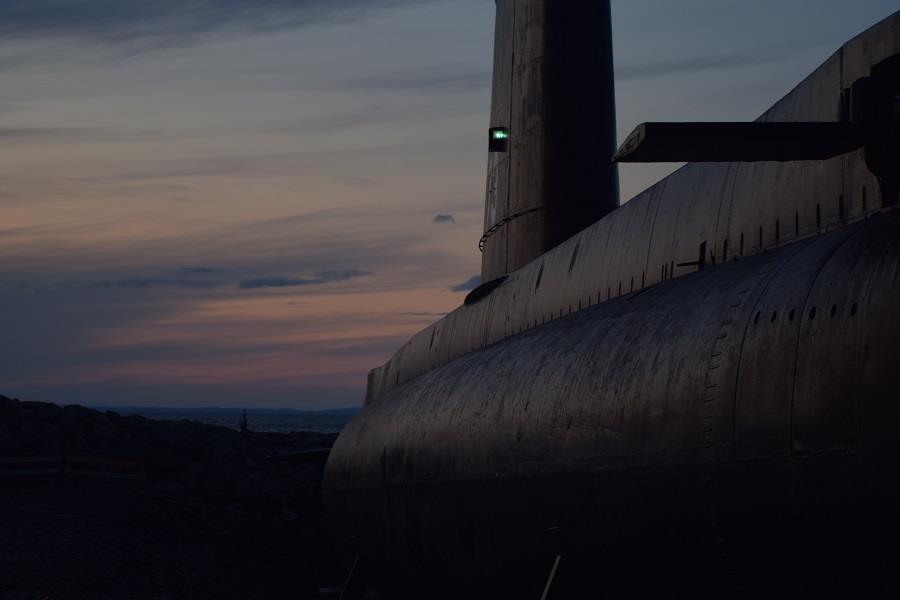
Project-75I Submarine Project:
The Extend 75I-class submarine could be a follow-on of the Extend 75 Kalvari-class submarine for the Indian naval force. Beneath this venture, the Indian Navy intends to secure 6 diesel-electric submarines, which is able moreover highlight progressed Air-independent drive (AIP) frameworks to empower them to remain submerged for longer length and considerably increment their operational extend. In October 2014, the venture got clearance from Guard Securing Committee. All six submarines are anticipated to be developed in Indian shipyards.
The Extend 75I-class submarines will have a vertical dispatch system(VLS) to empower them to carry numerous Brahmos supersonic voyage rockets, making the submarines completely able of anti-surface and anti-ship fighting missions. Extend 75I submarines will moreover be outfitted with torpedoes and will include progressed stealth capabilities such as a more prominent capacity to stifle clamor and acoustic marks. Submarines will too be outfitted with Air-independent impetus (AIP) fuel cells which can altogether increment submerged perseverance and operational run.
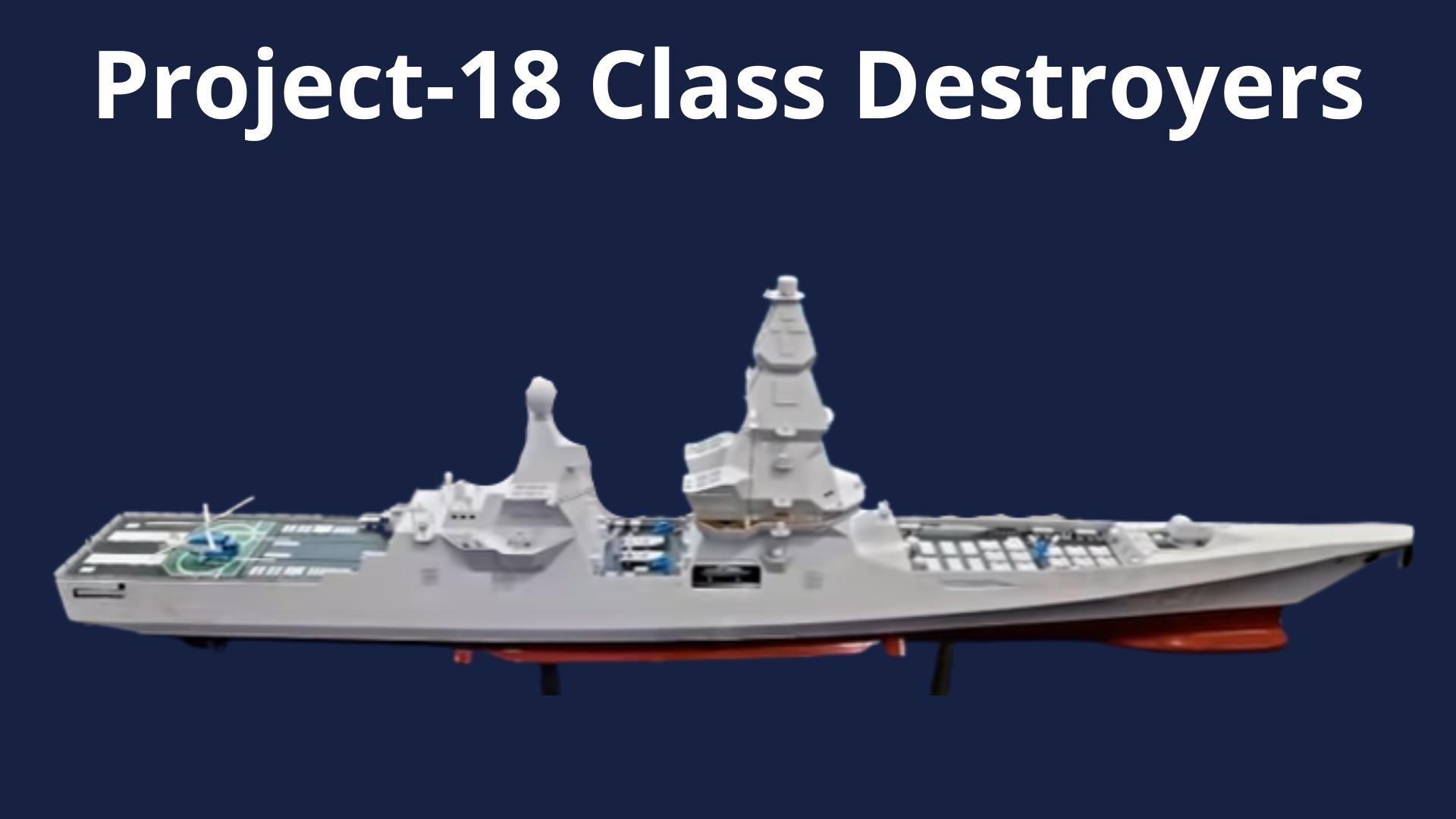
Project-18 Class Destroyers:
Venture 18 lesson destroyers will be prepared with progressed frameworks such as electromagnetic railguns, laser-based close-in weapon frameworks, progressed AESA and PESA radars, and dynamic and detached cluster sonars.Kakinda Shipyard in collaboration with Mazgaon docks and L&T will lay bottom for the destroyers that will have a uprooting of 9000 tons. In the mean time, DRDO in collaboration with Bharat Gadgets will be planning the another era of radar frameworks. The as of now created Discuss and Rocket guard framework (AMDS) is being assist worked upon. The AESA and PESA are to have amplified ranges and conceivable merger into one multi-band radar. The destroyer will too have an X-band optronic pole locator radar.